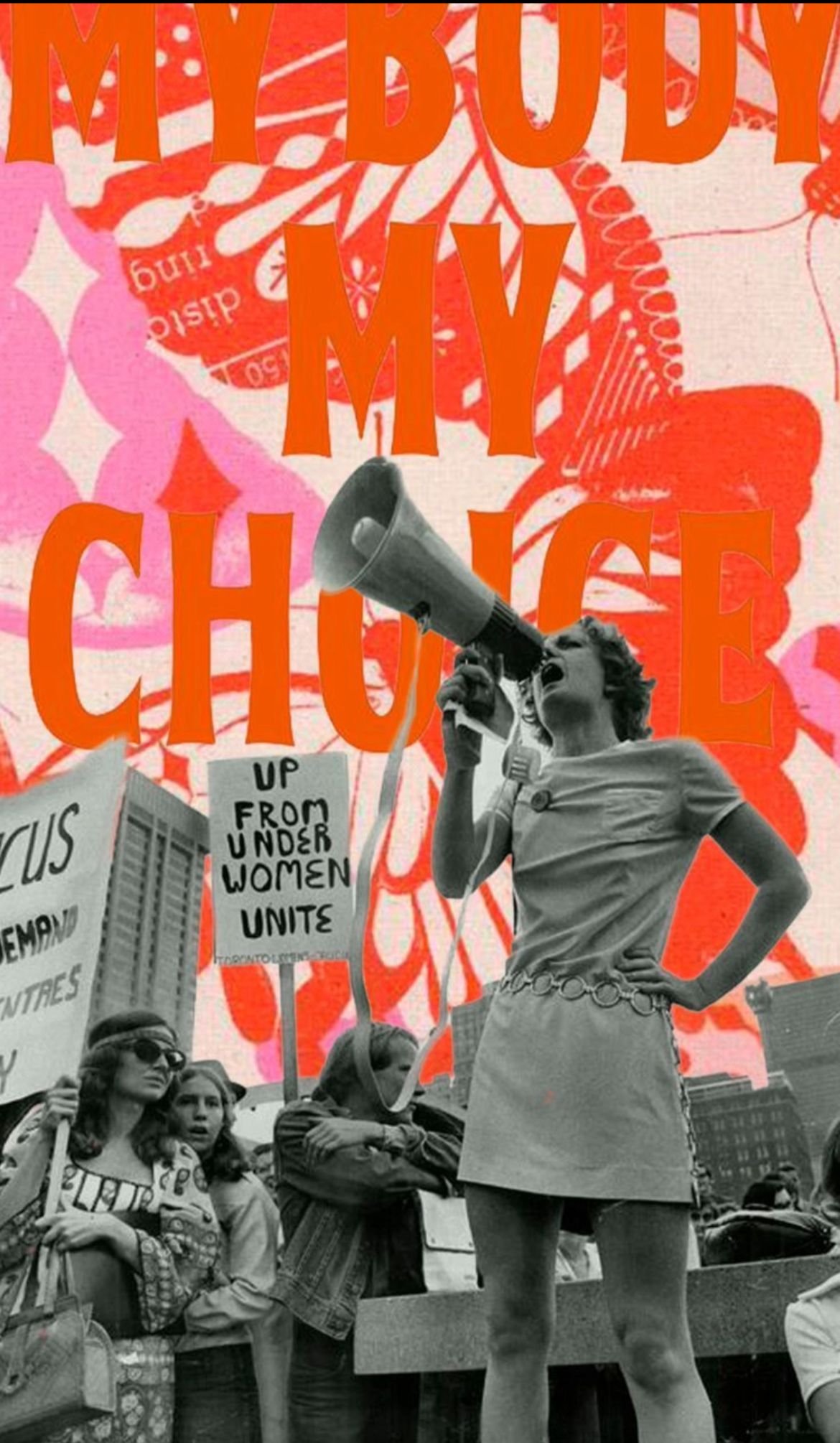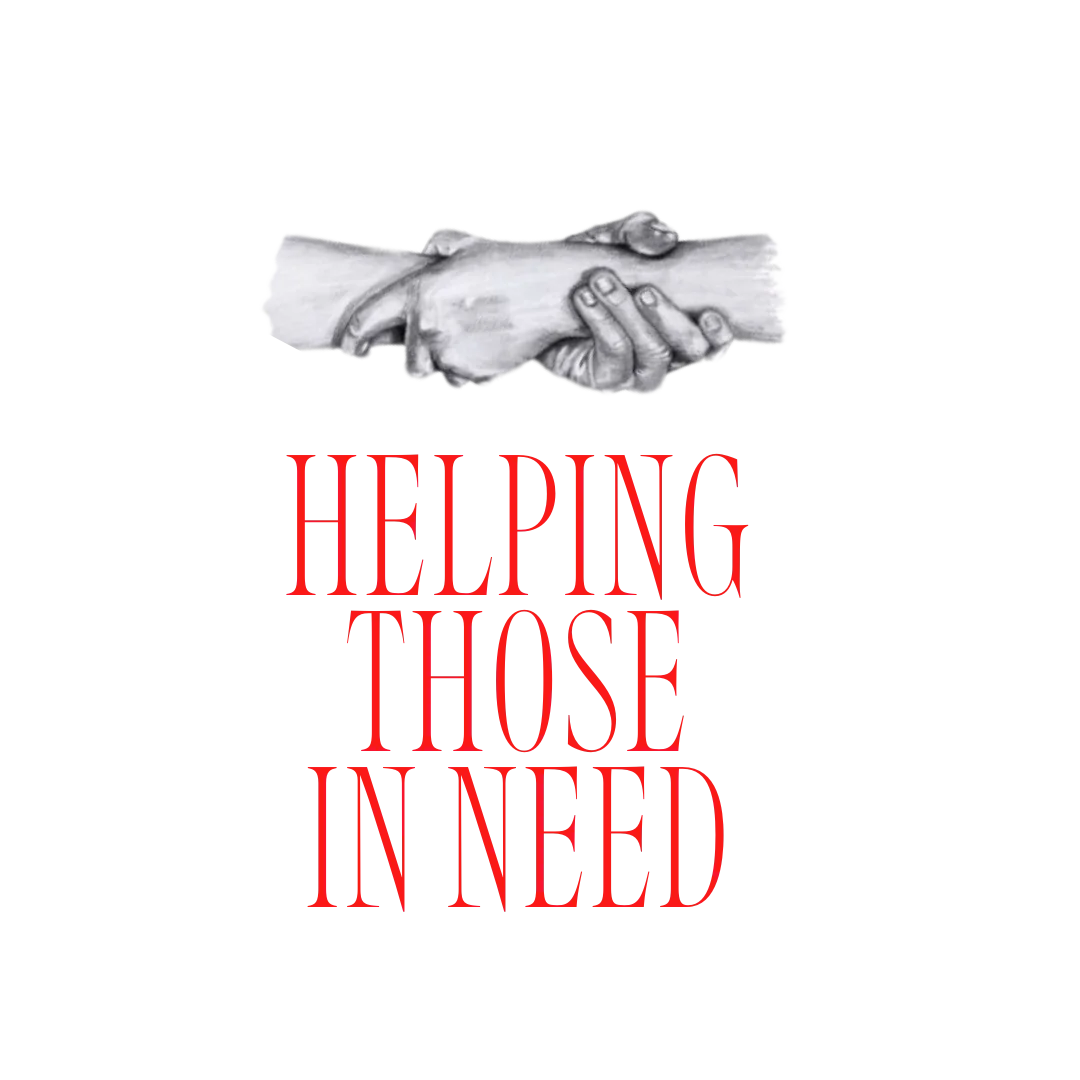In every corner of the world, a new language of defiance is being spoken — and more often than not, it is spoken by women. From the streets of Tehran to the squares of Santiago, from the alleys of Kabul to the boulevards of Warsaw, women have become the moral backbone of modern resistance. Their battles are not always armed, but they are relentless, creative and profoundly human. Whether expressed through the act of unveiling, singing, teaching or simply refusing to be silent, women are reshaping what it means to fight for freedom.
The 21st century has not merely witnessed political upheavals; it has revealed the gendered anatomy of power itself. Across continents, the struggle against authoritarianism and inequality is also a struggle against patriarchy. Women’s bodies, voices and choices have long been the first territories of control — and now, they have become the frontlines of rebellion.
The Moral Power of the Body: Iran and the Politics of Visibility
When Mahsa Amini died in police custody in September 2022, the image of young Iranian women cutting their hair and burning their headscarves went viral across the world. Yet beyond the symbol lay a quiet revolution: an attempt to reclaim ownership of one’s body from the state. The Iranian regime’s obsession with the veil has never been about faith alone; it is about power about defining who is allowed to exist in public space.
By unveiling in defiance, women were not simply protesting a law; they were exposing the system’s most fragile truth that its authority depends on fear. The chant “Woman, Life, Freedom” (Jin, Jiyan, Azadi) has since become a moral anthem across borders. It echoes a deeper realization: when women refuse invisibility, entire societies begin to see differently.
Collective Voices: Latin America’s Feminist Earthquake
If Iran’s revolt is a battle for visibility, Latin America’s is a battle for justice. Across Chile, Argentina, and Mexico, feminist movements have turned the streets into theatres of collective power. The chant “Ni Una Menos” (“Not One Less”) began as a cry against femicide but grew into a continental demand for equality. In Santiago, the performance “Un violador en tu camino” (“A rapist in your path”) transformed pain into choreography — testimony into collective rhythm.
These movements insist that solidarity is not a luxury but a necessity. The green scarf- now a global feminist- emblem travels from one protest to another like a thread connecting voices across continents. What makes these uprisings “progressive” is not just their resistance to injustice, but their creation of new rituals of hope: songs, art, and sisterhood as instruments of change. They don’t merely demand a better world they rehearse it in the streets.
Silenced but Unbroken: Women Under Authoritarian Shadows
In places where open protest is impossible, women still find ways to resist. In Afghanistan, Myanmar, and Belarus, defiance takes quieter, riskier forms — running underground schools, writing anonymously, organizing in encrypted spaces. Their courage rarely trends on social media, yet it sustains the moral fabric of resistance.
Under the Taliban’s rule, Afghan women banned from education continue to teach in secret. In Myanmar, female civil servants and nurses were among the first to join the Civil Disobedience Movement after the 2021 coup. In Belarus, women in white dresses carrying flowers confronted riot police unarmed but unafraid. Their message is clear: resistance does not always roar; sometimes it whispers and still, it changes everything.
The Digital Battlefield: Hashtags, Hope, and Harassment
In the digital era, women have transformed technology into a weapon of truth. Movements like #MeToo, #MahsaAmini, and #NiUnaMenos have shown how a single hashtag can connect trauma, testimony, and transformation. Social media has become both battlefield and amplifier a place where private pain becomes collective purpose.
But the cost is real. Online harassment, misogynistic trolling, and surveillance follow women who dare to speak. Algorithms amplify hate more easily than empathy. Yet despite these dangers, women continue to occupy digital spaces, refusing to surrender the narrative. Each post, each tweet, each photo of defiance is a small act of digital rebellion proof that even in virtual worlds, courage is contagious.
Beyond Protest: Feminist Resistance as a New Vision for Democracy
The power of women’s resistance lies not only in what it fights against, but in what it imagines. These movements challenge the traditional architecture of politics the idea that power must be hierarchical, masculine, and centralized. Instead, they model horizontal solidarity, emotional intelligence, and collective care.
When Iranian women chant for life, or Chilean women dance for justice, they are redefining democracy itself not as an institution, but as a practice of empathy and equality. Feminist resistance teaches that politics can begin anywhere: in a classroom, in a kitchen, on a phone screen. Its vision of freedom is not abstract; it is lived, embodied, shared.
Conclusion – The Future of Resistance Is Feminine
From Tehran to Santiago, from Kabul to Warsaw, the female face of resistance is rewriting the global story of courage. These movements differ in language and culture, but they share a common heartbeat: the belief that freedom begins when fear ends.
The future of resistance may not wear a uniform or carry a weapon. It may write, teach, dance, nurture, and still transform nations. Its power lies not in domination but in persistence the kind of strength that rebuilds even after everything has been taken away.
If the 20th century belonged to revolutions of ideology, the 21st belongs to revolutions of empathy and at their center stands the courage of women who refused to disappear.





















